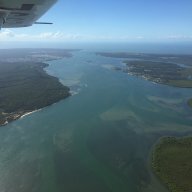-
Posts
305 -
Joined
-
Last visited

2tonne replied to slb's topic in AUS/NZ General Discussion

2tonne replied to slb's topic in AUS/NZ General Discussion

2tonne replied to slb's topic in AUS/NZ General Discussion

2tonne replied to Drummer Dave's topic in AUS/NZ General Discussion

2tonne replied to completeaerogeek's topic in Student Pilot & Further Learning

2tonne replied to fly_tornado's topic in Aircraft Incidents and Accidents

2tonne replied to eightyknots's topic in Engines and Props

2tonne replied to eightyknots's topic in Engines and Props

2tonne replied to eightyknots's topic in Engines and Props

